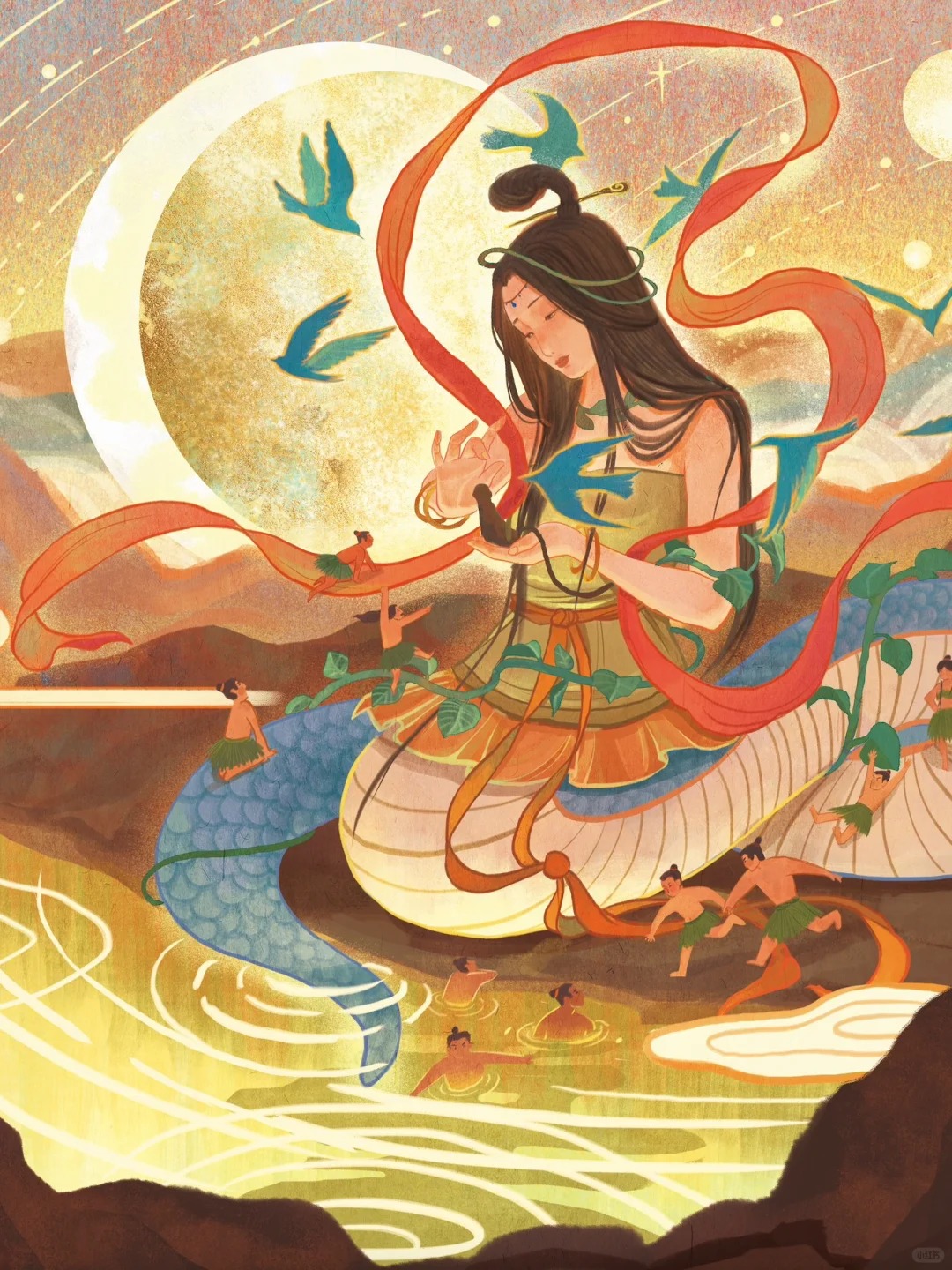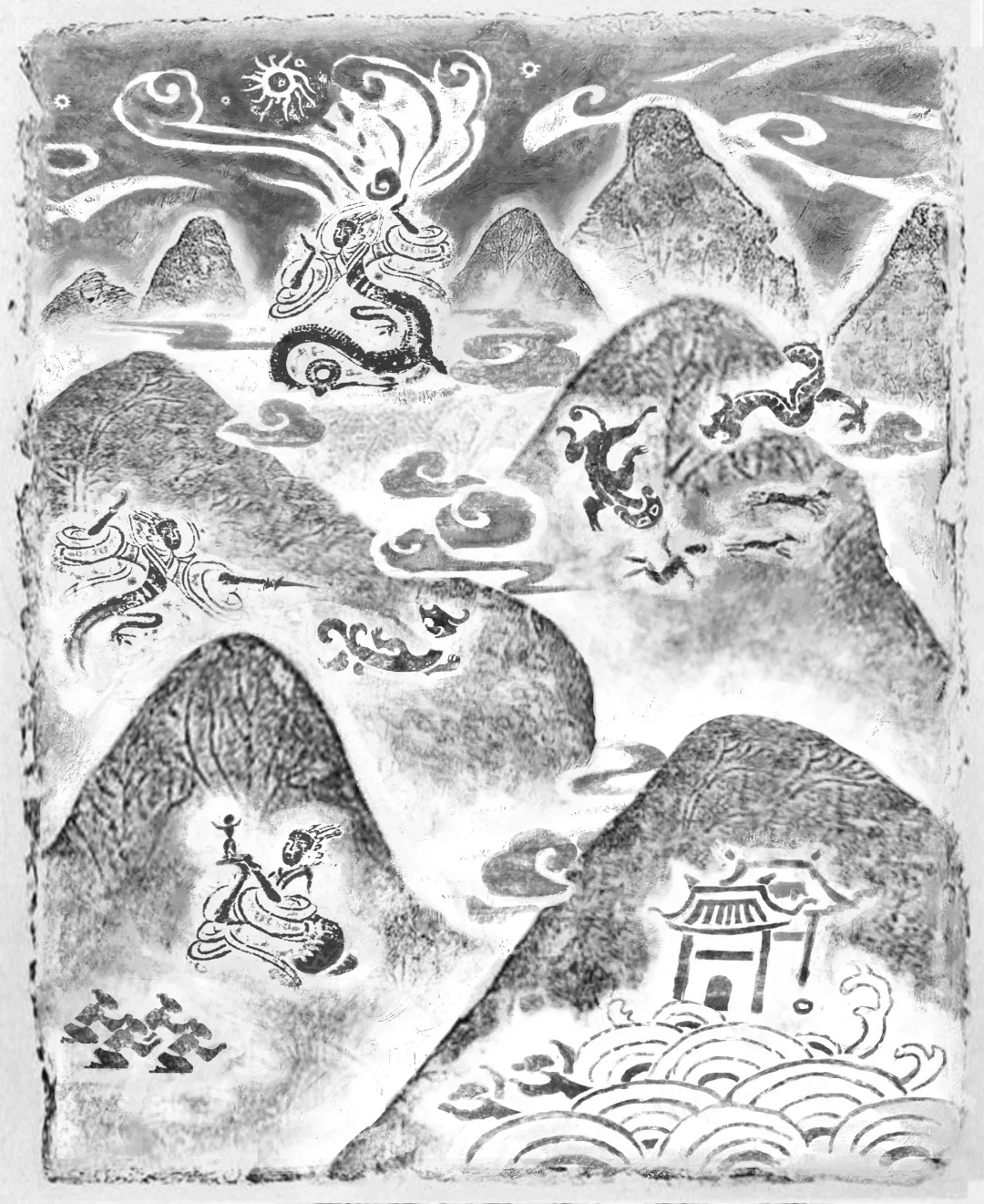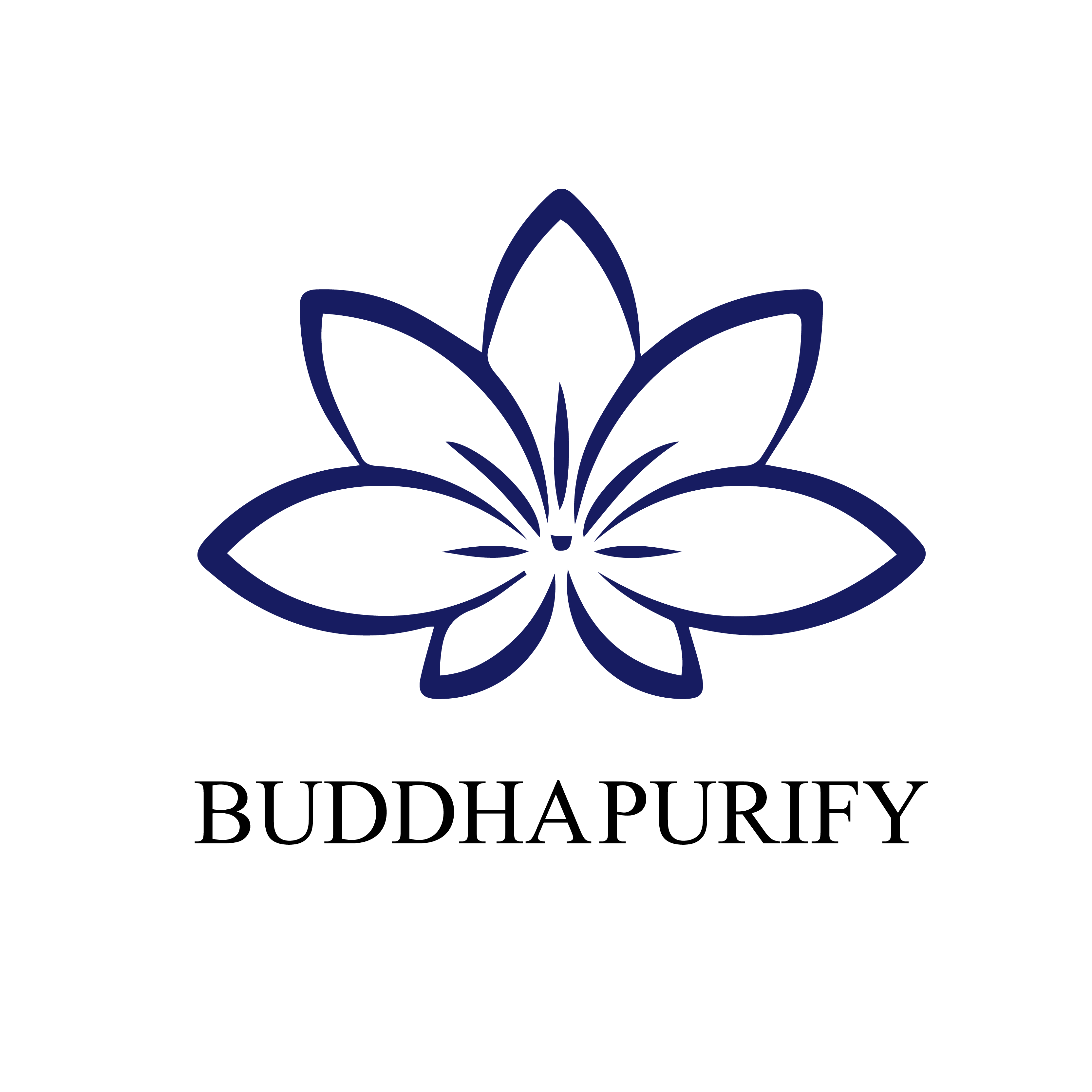Nuwa: The Myth and Cultural Impact of China's Creator Goddess
Nuwa, the creator goddess in ancient Chinese mythology, is also known as Wa Huang or Nü Yin. According to historical records, Nuwa is considered the ancestral deity of Chinese civilization and a righteous protector of the nation. It is said that she created humanity by shaping humans from yellow clay, making seventy transformations in a single day, modeling them after herself. Nuwa is also credited with establishing the institution of marriage. In another legend, after a great calamity when the heavens collapsed, she melted colorful stones to repair the sky, cut off the legs of a giant turtle to prop up the four pillars of the earth, thus giving rise to the myth of Nuwa mending the sky.
Nuwa is not only a hero who saved the world and the goddess who molded humanity from clay, but also a natural deity of creation, able to generate at least seventy new things each day. Because she was the creator of the world, Nuwa is often referred to as the Mother of Earth. She is widely worshiped as both a creator deity and the primordial mother goddess throughout Chinese folklore.
Nuwa's creation of humans is one of the key legends in ancient Chinese mythology. It is said that she shaped human beings from clay based on her own form, thus creating human society. She also established the system of marriage, ensuring that men and women could unite to produce offspring. For this reason, Nuwa is also considered the ancient goddess responsible for marriage and love. Nuwa is revered as the mother of the Chinese people, the ancestral cultural deity of the Huaxia people, and the righteous protector of the state. With kindness, she created life and courageously protected beings from natural disasters, earning widespread and long-lasting worship as the creator deity and primal mother goddess.
Historical Background:
The earliest records of the Nuwa myth can be found in ancient pre-Qin texts such as the Classic of Mountains and Seas (Shan Hai Jing) and Songs of Chu (Chu Ci). Although these records are somewhat vague, modern scholars generally accept that Nuwa was conceived as a mother goddess responsible for creating humanity. Scholar Yuan Ke interpreted the line from Songs of Chu—"Nuwa had a body, who crafted it?"—as indicating that "Nuwa formed the bodies of others, but who formed hers?" Another modern scholar, Ding Shan, argued that these words clearly suggest that the story of Nuwa creating humans was already widespread during the Warring States period.
In the Classic of Mountains and Seas, it is also mentioned: "There are ten gods, named the intestines of Nuwa, who transformed into deities, dwelling in the wilderness." Yuan Ke and Ding Shan interpret this as another allegory for Nuwa's creation of humanity, symbolizing her role as a life-giver. Additionally, ancient texts describe Nuwa as the goddess of musical instruments, having invented the sheng reed pipe and the xun clay ocarina, further reinforcing her association with creation, although scholars have paid less attention to this aspect of her mythology.
The earliest explicit account of Nuwa creating humans appears in the Fengsu Tongyi (Comprehensive Meaning of Customs). This version describes Nuwa molding humans from yellow clay, a story that is widely interpreted as a mythical reflection of the invention of pottery. The division of humanity into rich and poor in the story symbolizes the emergence of social hierarchy. Thus, the myth reflects changes in human society as it adapted to new realities.
Moreover, Nuwa was considered the goddess of marriage, ensuring the continuation of the human race. The Fengsu Tongyi states: "Nuwa prayed and became the matchmaker for marriages." The story of Nuwa as the marriage deity marks the beginning of marriage customs in human society.
Story of Nuwa Creating Humans:
After the heavens and earth were formed, the sun, moon, stars, mountains, rivers, plants, and animals filled the world, but there were no human beings. The earth seemed empty and desolate.
One day, a powerful goddess named Nuwa appeared. It is said she could transform seventy times in a single day. As she wandered the wild lands, she felt lonely and believed that something was missing from the world. As she sat by a pool, she saw her reflection and had an idea: "Why not create a being that looks like me?" She scooped up some yellow clay, mixed it with water, and molded it into a small figure resembling a child.
To her surprise, the little clay figure came to life, jumping with joy and calling her "mother." Delighted by her creation, Nuwa named the new being "human." She continued molding more clay figures, filling the land with humans. However, the world was vast, and Nuwa grew tired. To speed up her work, she dipped a vine into mud and flicked the droplets across the land. Wherever the mud landed, a human would spring to life.
Satisfied with her work, Nuwa realized that humans would eventually die, so she devised a plan to ensure their continuity. She divided them into males and females, allowing them to reproduce and perpetuate the human race.
Differences:
In a variant of the story, there is a legend of the Three Lives Stone. After Nuwa mended the heavens, she began creating humans. For each person she made, she placed a grain of sand as a marker, eventually forming a large stone. As time passed, the stone absorbed the essence of the sun and moon, becoming imbued with spiritual power. It split into three parts, representing past, present, and future lives, becoming the guardian of fate and love, stationed by the Forget River at the gates of the underworld. This legend portrays Nuwa as both the creator of humans and the divine overseer of love and destiny.
Nuwa's name first appears in the Classic of Mountains and Seas, where she is described as the sister of Fuxi, the progenitor of humanity. Over time, Nuwa's image evolved, and she is often depicted as having a human face and a serpent's body, reflecting the ancient Chinese reverence for fertility and the earth mother figure.
In traditional Chinese culture, Nuwa is worshiped as a protector of the state and the people, ensuring national prosperity and happiness. She is also revered as a goddess of marriage and fertility, with many ancient rituals associated with her aimed at seeking blessings for offspring. This reflects ancient Chinese people's reverence for life, fertility, and harmonious family and social order.
Brand Introduction: BuddhaPurify
BuddhaPurify is a brand deeply rooted in the rich heritage of Chinese traditional culture and Buddhist practices. Our mission is to offer a unique blend of ancient wisdom and modern elegance through our products, which are designed to enhance spiritual well-being, personal growth, and holistic health.
Foundation and Philosophy
Inspired by the timeless teachings of Buddhism and the profound traditions of Chinese culture, BuddhaPurify is dedicated to providing products that reflect the serene and enlightened aspects of these ancient philosophies. Our brand is built on the principles of mindfulness, purity, and spiritual harmony, aiming to bring balance and tranquility to our customers' lives.
Cultural Enrichment
We believe in the power of cultural enrichment and strive to educate and inspire our customers through the stories and meanings behind our products. Our brand seeks to bridge the gap between traditional spiritual practices and contemporary life, offering products that resonate with both ancient wisdom and modern sensibilities.
Conclusion
BuddhaPurify is more than just a brand; it is a journey into the heart of Chinese traditional culture and Buddhist spirituality. Through our thoughtfully curated products, we aim to support your quest for inner peace, spiritual growth, and a balanced life. Explore our collection and experience the harmonious blend of tradition and tranquility that defines BuddhaPurify.






